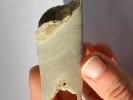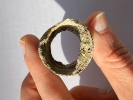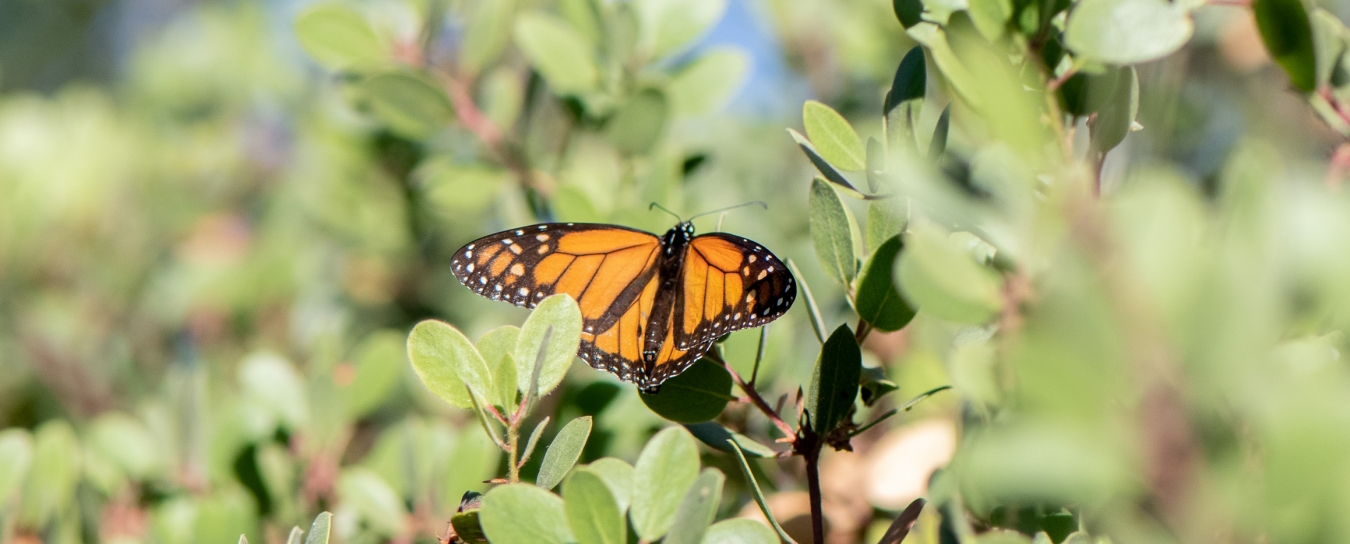
Invertebrates
See our handy guide to critters found in local homes and our Central Coast Butterfly FAQ. Browse the insects and other terrestrial arthropods we’ve identified. Check out local marine invertebrates, particularly bivalve mollusks and intertidal organisms.
- Anthropology
- Rocks & Fossils
- Invertebrates
- Vertebrates
- Botany
- Astronomy
- Fungi
- General
- Recently Asked
Ancient pottery?
Hi- I live in Carp and always collect sea glass - the other day I came upon an object that has me curious if it is an old piece of pottery. It seems like old clay -- very smooth on one side with a slight lip edge under the top--how could we date this or who could look at it to see if my guess is correct? It looks like the narrow neck of a piece. I'd love to show it to someone. Thanks!
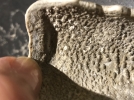
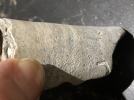
Curator Response
Hi Amy,
You have found evidence of one of my favorite animals! This is a boring clam “chimney.”
I’ve talked in greater details about what boring clams are and why they are so cool in other answers (click here to read one), so here I’ll just try to explain what the so-called chimney is.
As a boring clam bores deeper into the rock in which it lives, it’s making a hole in the rock, but it still needs to stick its siphon out into the outside world. The siphon is used to bring water in and out of the clam. This water carries both food and oxygen, vital to the clam’s survival. The siphon also allows an easy way to discard waste as the water leaves the clam.
The chimney is a kind of mineral cast that builds up like a sleeve between the siphon and the rock. So the outer surface of the chimney is smooth, like the inner surface of the holes clams make in rocks. The inner surface of the chimney, where the siphon of the clam moved in and out, is rougher and often bears traces of tiny marine organisms that lived inside. We’ll attach pictures here to show an example that looks a lot like your find.
Given the size of your chimney, it is likely from the boring clam known as Parapholas californica, or the Scaleside Piddock.
Now that you know what this is, you’re probably going to start noticing it more often when you’re on the beach looking for sea glass. These chimneys are super common washed up on our local beaches. You can even find them still intact in some shale outcrops.
These structures—both the holey rocks and chimneys—are so regular that it is very common to think they are human-made. But once you see the living boring clams—sometimes visible at low tide on a rocky beach—the lightbulb goes on and you know that it was bivalve artisans who did the work!
Stay curious,
Curator Emeritus of Malacology Paul Valentich-Scott
